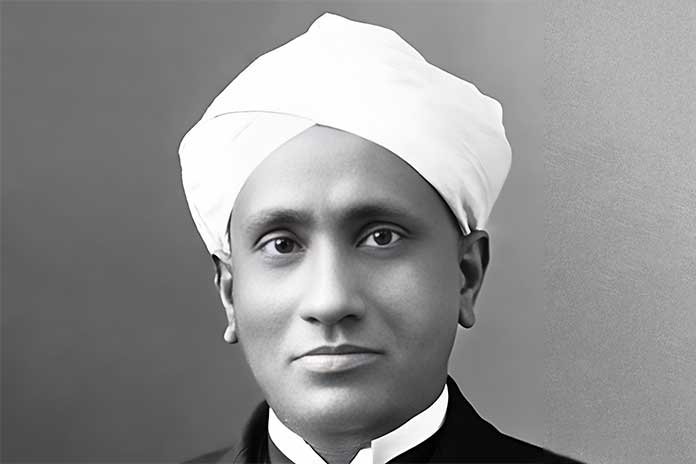Chandrasekhara Venkata Raman (C V Raman) was an Indian physicist who became world-known as a result of his discovery in 1928, as well as a Nobel Prize winner in 1930, of the phenomenon known to physicists as “The Raman Effect”—the scattering of light by molecules and atoms at the molecular and atomic levels, respectively. He is also credited with formulating what came to be known as the “Raman formula” for determining molecular frequencies in matter.
Raman studied at the Madras University under J C Bose (1894–1945), but left India in 1915 to study at the Cavendish Laboratory of Cambridge University, where Sir Joseph John Thomson (1856–1940) had established his famous magnetic resonance project against the background of World War I; it was there that he worked with British scientists including Sir Arthur Eddington (1882–1944). In 1919 he returned home to India only to find that two years earlier he had been awarded a Fellowship at Trinity College Dublin, Ireland
In 1918, Raman discovered the emission of light in gases and liquids. Using this discovery as a basis, he was able to establish the existence of a particular kind of radiation, now called Raman scattering, which is largely responsible for the development of lasers and mobile phones.
Raman demonstrated that different colours of light, when scattered off a crystal, can produce very different spectra. He developed the concept of laser in 1923 and invented an optical bench that found widespread use in spectroscopy and physics laboratories.
Raman discovered the phenomenon of infrared radiation, which he called “spontaneous emission.” His discovery became the basis for the modern theory of light. Much of Raman’s work rested on his discovery that solutions in which an element is dissolved are subject to vibrations of a type similar to those of a musical scale. He thus applied this principle to other phenomena and developed a system of spectroscopy in which light was analysed in terms of its wavelength and frequency. He also established the characteristics and effects evoked by various chemical substances when they pass through various chemicals such as methane and hydrogen sulphide.
